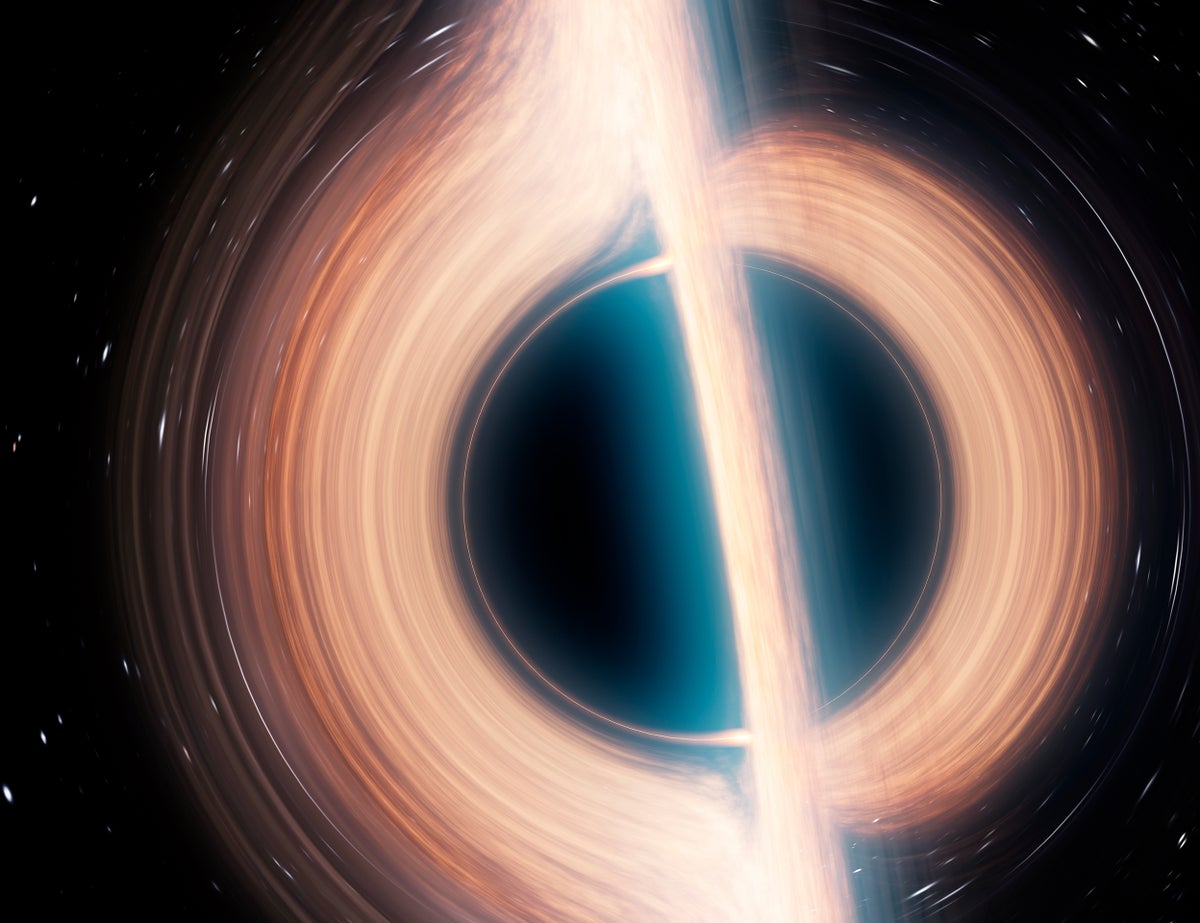Fascinating article from SciAm on how the Zel'dovich effect (aka rotational superradiance) might be used by an advanced civilisation to build a bomb powered by a rotating black hole:

 www.scientificamerican.com
www.scientificamerican.com
Paywalled, although you can sign up to the newsletter to read the article for free.
What struck me as interesting is that the effect doesn't just apply to rotating black holes and has been demonstrated in the laboratory using a rotating metal cylinder.
The abstract from the original paper that describes this experiment:
 arxiv.org
arxiv.org
However, as the lab setup generates only millijoules of energy extracted from the rotating body, it's in no danger of exploding.
According to the theoretical calculations, vacuum-based superradiance would be so faint that it could not be detected—unless, that is, it was somehow amplified. As Zel’dovich described, the rotating body (black hole or metal cylinder) could be encased in mirrors to reflect the amplified radiation back to the rotating body, intensifying it over and over again. As physicists William Press and Saul Teukolsky realized, so much energy could accumulate inside the mirrors that a gigantic explosion would occur. Press and Teukolsky, therefore, referred to the setup as a black hole bomb.

Physicists Have Built a ‘Black Hole Bomb’ in the Laboratory
Astronomical amounts of energy could be extracted from black holes—to build a gigantic bomb, for example. Experts have now implemented this principle in the laboratory
Paywalled, although you can sign up to the newsletter to read the article for free.
What struck me as interesting is that the effect doesn't just apply to rotating black holes and has been demonstrated in the laboratory using a rotating metal cylinder.
The abstract from the original paper that describes this experiment:
The amplification and generation of electromagnetic radiation by a rotating metallic or lossy cylinder, first theorized by Zel’dovich in the 1970’s, is tightly connected to the concepts of quantum friction, energy extraction from rotating black holes and runaway mechanisms such as black hole bombs. Despite recent advances including acoustic analogues of the Zel’dovich effect and the observation of a negative resistance in a low-frequency electromagnetic model, actual positive signal amplitude gain, the spontaneous generation of electromagnetic waves and runaway amplification effects have never been experimentally verified. Here, we demonstrate experimentally that a mechanically rotating metallic cylinder not only definitively acts as an amplifier of a rotating electromagnetic field mode but also, when paired with a low-loss resonator, becomes unstable and acts as a generator, seeded only by noise. The system exhibits an exponential runaway amplification of spontaneously generated electromagnetic modes thus demonstrating the electromagnetic analogue of Press and Teukolsky’s ‘black hole bomb’. The exponential amplification from noise supports theoretical investigations into black hole instabilities and is promising for the development of future experiments to observe quantum friction in the form of the Zel’dovich effect seeded by the quantum vacuum.
Creation of a black hole bomb instability in an electromagnetic system
The amplification and generation of electromagnetic radiation by a rotating metallic or lossy cylinder, first theorized by Zeldovich in the 1970s, is tightly connected to the concepts of quantum friction, energy extraction from rotating black holes and runaway mechanisms such as black hole...
However, as the lab setup generates only millijoules of energy extracted from the rotating body, it's in no danger of exploding.






 <NAKED? Get that black hole an event horizon to cover up with, its gravity is exposed.
<NAKED? Get that black hole an event horizon to cover up with, its gravity is exposed.